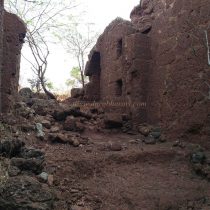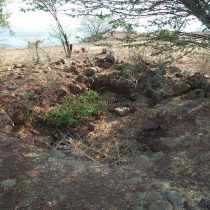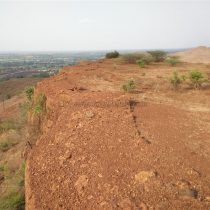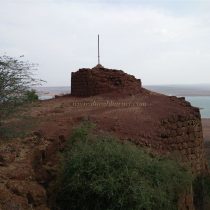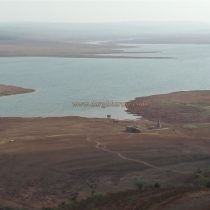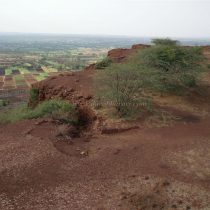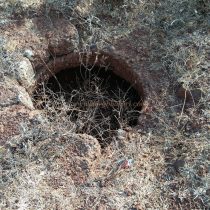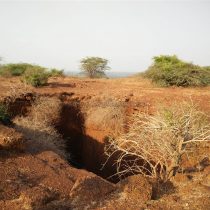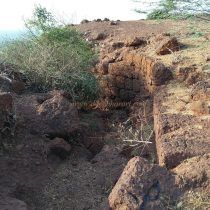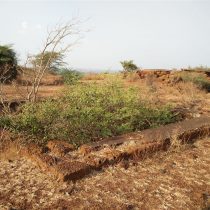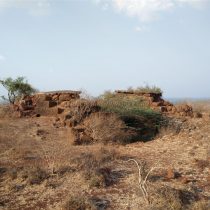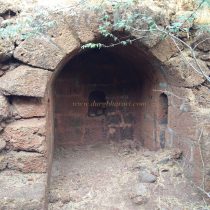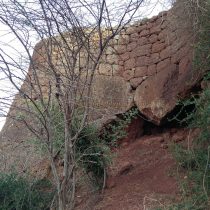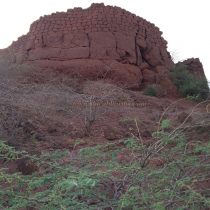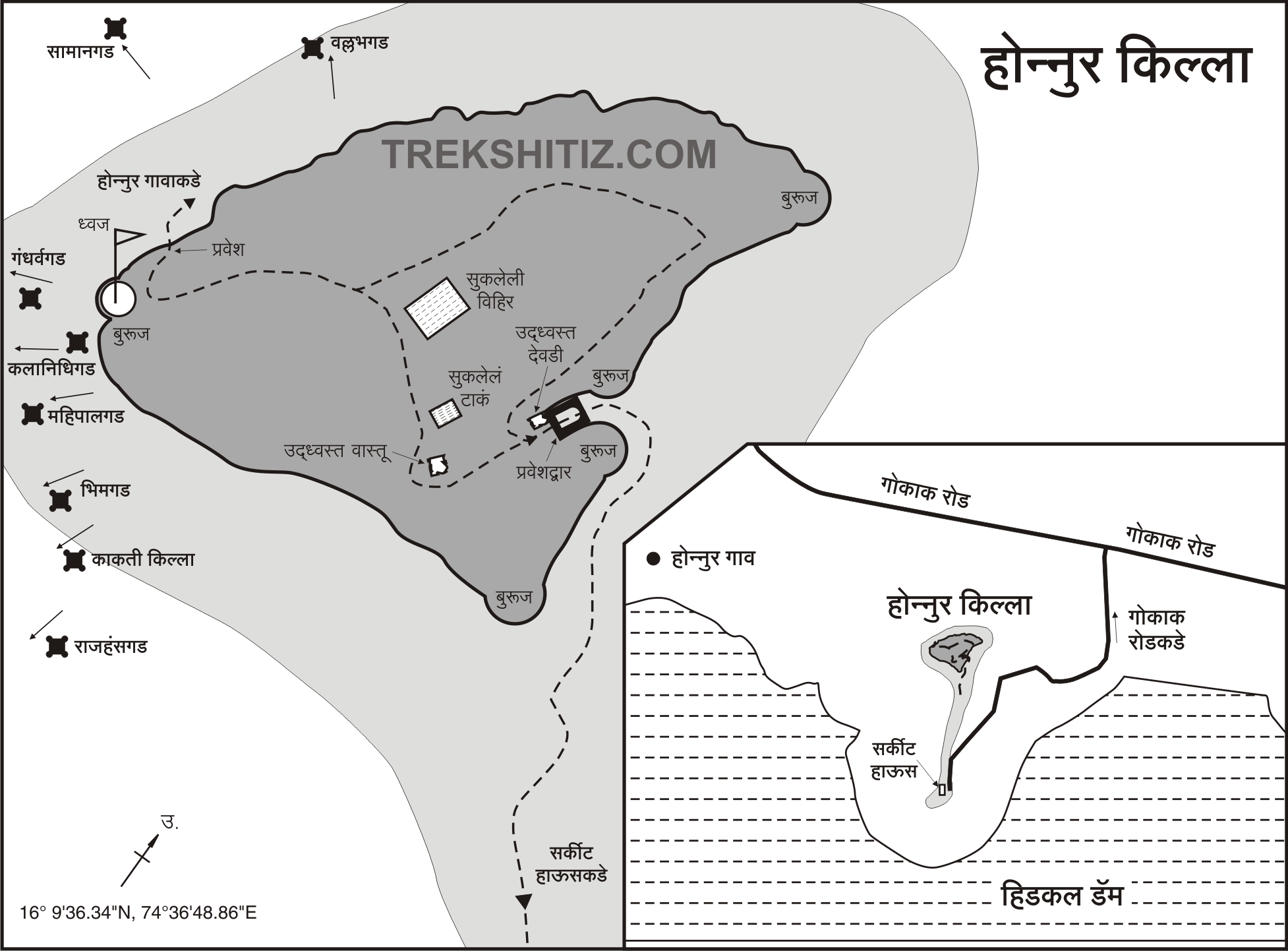HONNUR FORT
TYPE : HILL FORT
DISTRICT : BELGAON
HEIGHT : 2460 FEET
GRADE : EASY
Honnurgad, also known as Pavitra Dongar or Piazar Dongar, was one of the important forts in the possession of Shivaji Maharaj in the Belgaon area. Honnurgad stands at a distance of 26 km from Sankeshwar on a medium height hill towards Belgaon. On the Mumbai-Bangalore highway, after Sankeshwar, there is a fork of Hidkal dam at 13 km. Turning left from this fork in the highway, we reach the village of Honnur directly. Situated on the Gokak Highway, the fort is surrounded by a flat plateau, so the hill attracts our attention. Honnurgad is 2 km from the village and 1 km from the Gokak highway. It takes half an hour to walk from Honnur village to the fort. Since there is a paved road from Honnur village to the fort, it is possible to drive directly to the gate of the fort,
...
but due to some inappropriate incidents on the fort, the car has to be parked a little earlier than that. The fort is about 1950 feet above sea level and it takes only 5 minutes to reach the fort from the parking lot. While going up this path, you can see the base of the fort. Due to the large number of echidnas living in this area, the stones of the fort are crumbling, as they have burrowed holes in the ground. On the way to the gate of the fort, the ramparts of the fort and the bastion on the upper side attract our attention. In the construction of the fort, bastions and ramparts lime has not been used. The arch and door of the main entrance of the fort are not in a good condition and this entrance is the layout of fighter construction. The construction of the fort is of Maratha style but as there are no inscriptions on the gate of the fort, the date and reign of the construction of the fort cannot be determined. There are guard porches on both sides of the door. The fort had two gates on the east-west side, the main gate on the east and a small gate on the west, but now only the arch of the main gate remains and the other gate is demolished but its remains can be seen. The triangular fort is spread north-south and the length of the fort is 490 x 360 feet and the total area of the fort is about four acres. The fort has a total of eleven large bastions, one of which is erected inside at the northern end of the fort to guard the interior of the fort. Looking from this bastion of the fort, one can see the entire area of the fort and the water reservoir of Hidkal dam spread in the distance, and the partially submerged Vitthal temple in it. Due to the small size of the fort, the entire fort can be seen at a glance. The inner ramparts of the fort have been completely demolished and the fort has been neglected, so a large number of trees and bushes have grown on the fort. There are 40x30 feet excavated water cistern which is 50 feet deep, with steps carved in stone to enter on one side of the cistern. These steps are collapsed and thus you cannot enter this cistern. Nowadays, the cistern is full of stones and there is not a single drop of water. As the rocks on the fort are very porous, it is barely possible for the water to get collected. The stones were dug out and used for the construction of the fort from this cistern. Apart from this, the fort has a deep well, which is dry and overgrown with bushes. No idols of deity or temple can be seen on the fort. Many pits have been dug on the fort for finding hidden treasures, including a granary. As the fort is small, half an hour is enough to cover the entire fort. This fort must have been used for surveillance. A glance at the history of the fort reveals no special record of it. When the talukas of Belgaon came under the control of the British, Honnurgad also came under their control in 1844. According to the English records of 1853, there was not a single structure or intact bastion on the fort, only a small fortification of the fort. There were 14 bastions on the fort. The wall of the well had collapsed due to a lightning strike in 1800. The broken parts of this wall fell into the well.
© Suresh Nimbalkar


